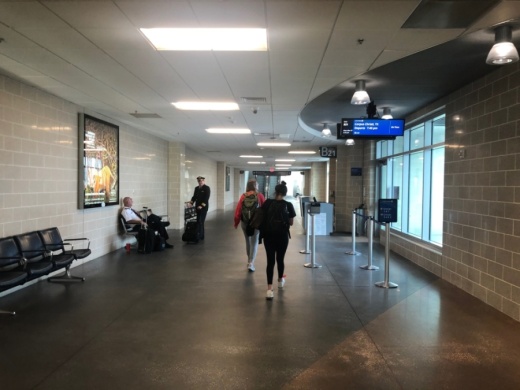Take the Houston Airport System, which is expecting a significant drop in its March passenger volume report. Or United Airlines, which anticipates flying fewer people the entire month of May than it did in a single day in May 2019, the company announced April 15.
But some federal funding is on the way to help replace lost revenue.
Several airports in the Greater Houston area were awarded federal grants for coronavirus relief totaling $200.95 million, according to an April 15 news release from U.S. Sen. John Cornyn, R-Texas. The funding—which was appropriated by the Coronavirus Aid, Relief, and Economic Security Act signed into law by President Donald Trump March 27—comes through the U.S. Department of Transportation.
The CARES Act includes $10 billion in funds for U.S. airports affected by the pandemic. Of that, $811.54 million will be distributed to 210 airports across Texas, according to an April 14 news release by the Federal Aviation Administration.
The following Greater Houston-area airports are receiving funding:
- Chambers County: $1,000
- Texas Gulf Coast Regional: $69,000
- Bay City Regional: $30,000
- Conroe-North Houston Regional: $157,000
- Scholes International at Galveston: $30,000
- David Wayne Hooks Memorial: $69,000
- Ellington: $157,000
- George Bush Intercontinental/Houston: $149.19 million
- Houston-Southwest: $69,000
- Sugar Land Regional: $157,000
- West Houston: $1,000
- William P. Hobby: $50.87 million
- La Porte Municipal: $30,000
- Liberty Municipal: $30,000
- Pearland Regional: $69,000
- Wharton Regional: $30,000
Meanwhile, commercial airlines received a total of $50 billion worth of grants and loans but are still pinching pennies, officials said.
During the first two weeks of April, the number of passengers flying United dropped 97% compared to the same time last year—about 200,000 compared to more than 6 million—and United expects travel demand to be suppressed for the remainder of 2020 and into next year, according to the company announcement.
"Travel demand is essentially zero and shows no sign of improving in the near-term," the company stated.
Meanwhile, Delta Airlines has taken down 80% of its schedule, consolidated airport facilities, paused nonessential maintenance and capital projects, cut pay for officers and director-level employees, and accepted 35,000 voluntary leaves of absence by Delta employees, according to an April 14 memo by CEO Ed Bastian. Others, such as Southwest Airlines, have increasingly reduced flight activity throughout March and April, according to company news releases.





